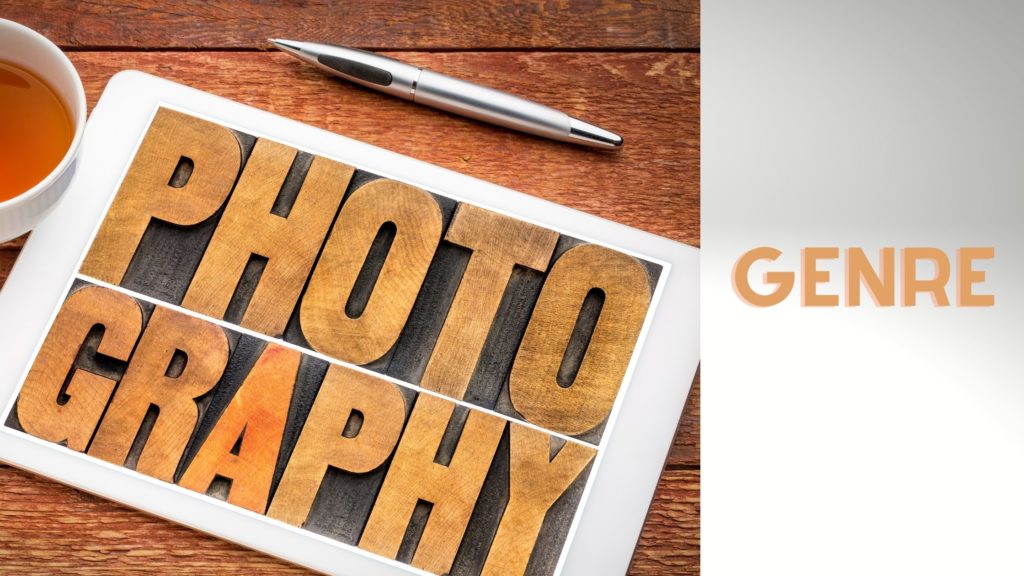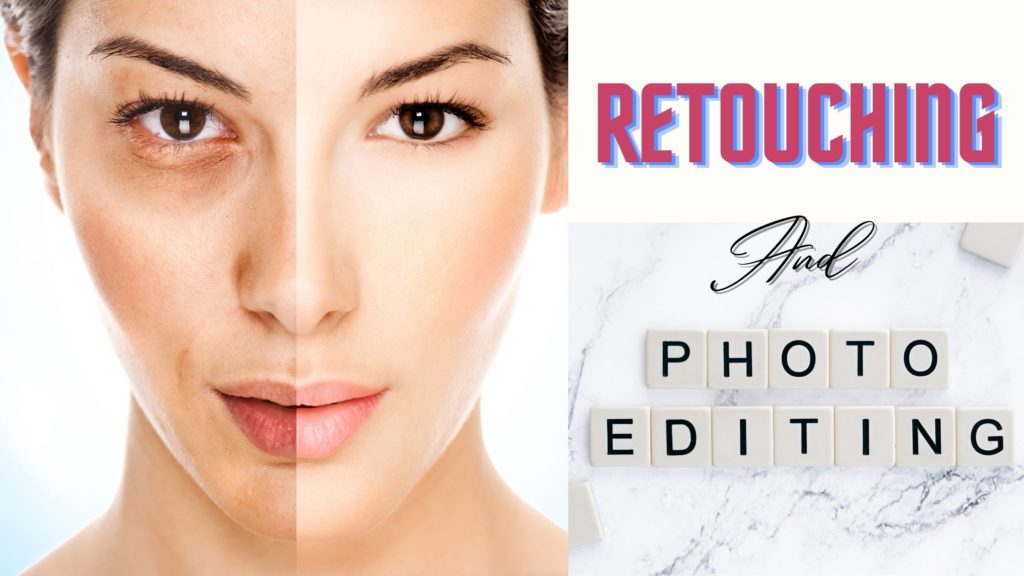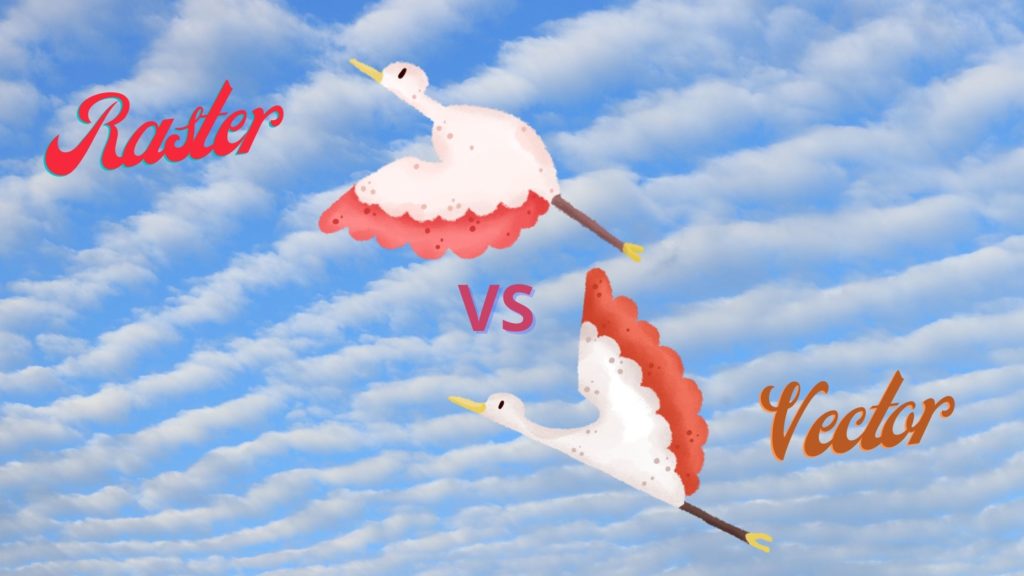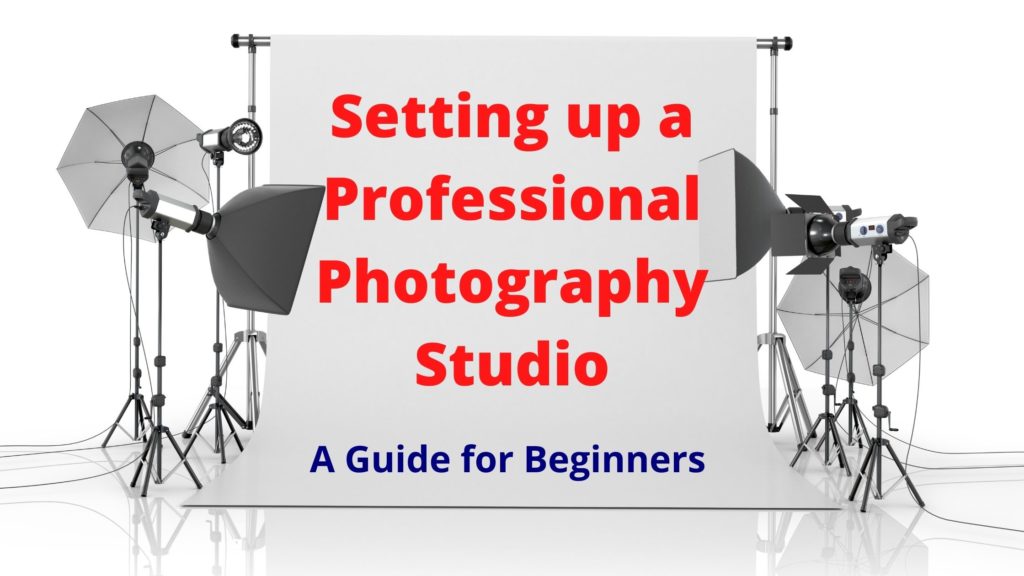In the very beginning, a photographer does not know about key genres in the field of photography. Later on, most of them hold expertise in one or two different types or genres of photography and experiment with various photography styles. This editorial is especially for those who have every photography resource with them but remain in ambiguity to explore and expand their skill set in specific photography styles. Here, “style” can be referred to another term as “Genres.” Technical and creative skills are essential to learning multiple photography genres. But the good news is if anyone can improve in one area by learning valuable lessons, tips, and techniques, one can become a better photographer in multiple genres.
Keeping this in mind, anyone can build a strong base and develop a career in photography by learning and exercising the seven different genres of photography as follows:
1. Portrait Photography
This genre is one of the most common photography styles that aim to capture the personality and mood of an individual or a specific group. Generally, photographers capture photos in candid or posed with full body or close-up shots. This genre emphasizes the face and eyes of the subject in a typical manner. Photographers use an arrangement of lighting and backdrops to convey the tone and emotion.
Senior portraits, family portraits, engagement photos, and professional headshots are the most popular types of portraits photography. Professional portrait photographers make their clients calm so that they can capture the best moment involving expressions with more natural and comfortable.
2. Photojournalism
This photography is a method of telling the story of an event (historic) or scene through captured pictures. The objective of this photography should be as truthful and content-oriented as possible. The key to photojournalism is to capture the candid moments as they happen and to get picture-perfect shots. Photojournalists attend different events with the objective to capture the unintentional and unscripted moments. So, this kind of work is frequently published in newspapers and magazines on a routine basis.
3. Fashion Photography
In this photography, photographers capture photos related to fashion clothing, shoes, and accessories to make the items more appealing to consumers. Generally, one can find these images in magazines and online. This type of photography has room for plenty of opportunities to create attention-grabbing and alluring photographs with vast creativity.
Fashion Photographers capture these photos in the city streets and open fields where fashion shows and events occur. They take a plethora of full-body shots using full-lighting setups and exercise similar skills required for portrait photography. Some management skills are also involved in good teamwork and communication while working with photo stylists, creative directors, and models.
4. Sports Photography
In this photography, photographers capture the athletes, coaches, and even fans to showcase the passion, drama, and emotion that drive the sporting events. The main objective is to aim and shoot quickly to capture the moments with the action around the sportsman. Ideal practice should be using a higher ISO to capture faster shutter speed. Photographers generally use long and heavy lenses to zoom in and capture the action in this type of photography. Spectacular angles can create outstanding work in this type of photography.
5. Concert Photography
This is similar to Sports Photography. In this photography, the feeling, affections, and atmosphere of the show portray precisely. This photography is also a medium to appreciate the performances of artists, fans’ rejoicing live performances, and the environment that also allows the audiences to enjoy the visuals that they missed the show.
In concert photography, photographers obtain permits from a publication, a venue, or the performers. They need to know the rules of capturing photographs in the events and how they will edit, publish and submit to the end-users.
6. Still-life Photography
Still-life photography makes the subjects not very exciting. Photographers do not pay much attention to ordinary objects. Still-life photographers can make the subjects lively by experimenting with different arrangements, lighting, and compositions. These photographs are generally artistic or commercial and are used in stock photography and product photos in advertisements shown in catalogs, magazines, and billboards. Object selection, arrangement, and light management are the key areas to capture a good one.
7. Editorial Photography
Photographers take a story or an article for a magazine or newspaper to exhibit in this photography genre. The topic is the central theme that is reflected by the subject extensively. Generally, editorial photographers work for various layouts, including horizontal and vertical compositions, under the guidance of writers and art directors. For this reason, demonstrating good communication skills and professionalism is a requirement to do the job successfully.
8. Architectural Photography
In Architectural Photography, the photographers capture the image of a building concentrating on designs and establishment of structures and making the pictures more aesthetic that satisfy the eyes of the beholders. Special skills and techniques are required to capture the beauty of buildings and complete spaces by an architectural photographer. These photographs show the interiors and exteriors of structures’ pleasing parts, such as a specific beam or archway used in various colors to emphasize. In this photography, photographers use a tilt-shift lens, tripod, and panorama head. Designers, architects, leasing companies, and building investors use architectural photographs for commercial purposes. Cities, bridges, monuments to vintage country barns are diverse structures that could be the subject of this architectural photography.
Considering all the above genres, anyone can start thinking of starting a career as a professional photographer by selecting two or more specializations of these genres. But at the end of the day, a photograph is not a complete photograph without image editing to make the audience delightful. Therefore, hiring a professional image editing firm is a critical factor to excel in this competitive market of photography.











